Save our rivers: Cork's River Lee is threatened by more than just waste water

The River Sullane is well stocked with trout, and also contains European perch minnow and a small number of pike. Picture: Dan Linehan
Behind a quiet housing estate in Macroom, County Cork, there’s a tree-lined walkway along the Sullane river.
Daniel “Dinger” Murphy and Denis “Dinny” Cronin of Macroom Trout Fly Anglers Association are standing on the bank, staring dejectedly at a pipe, out of which is gushing a torrent of cloudy, greenish water.
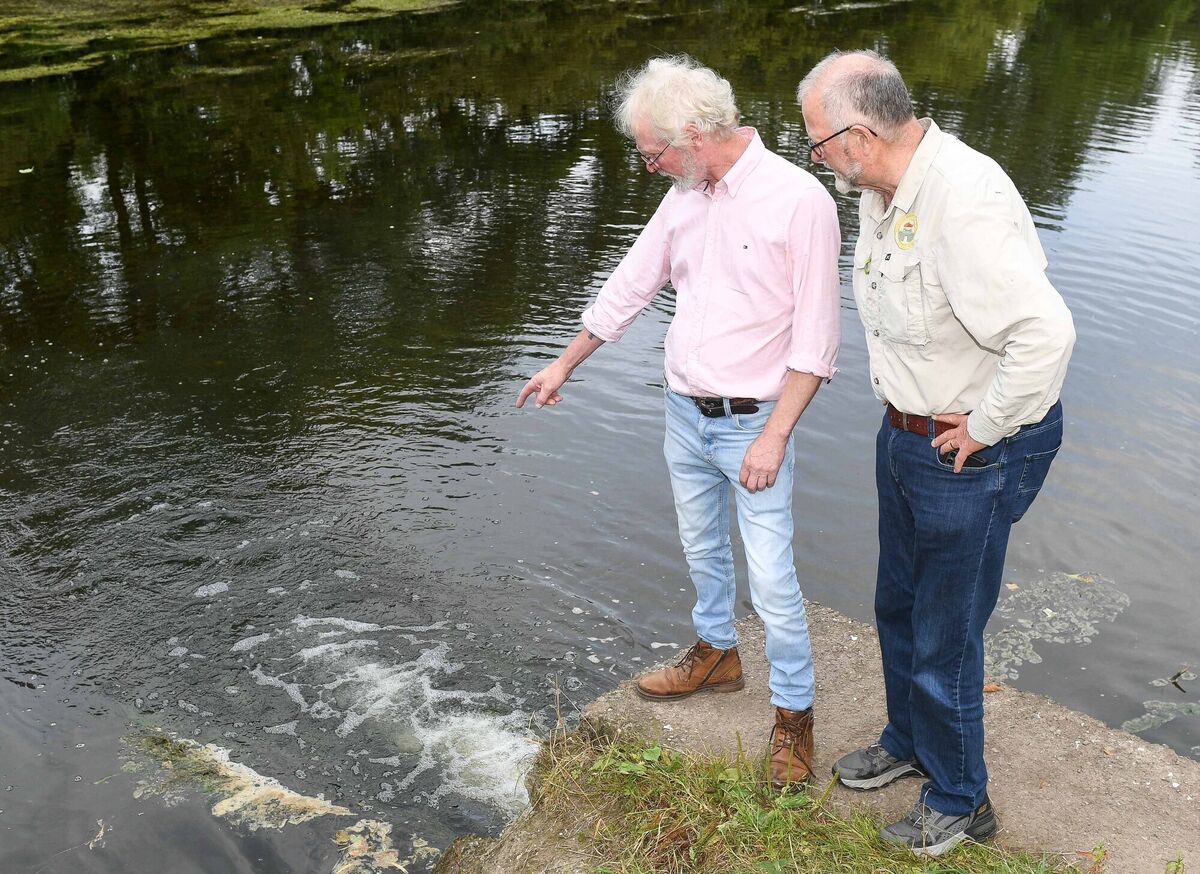
Mr Cronin is 73 years old, and he and Mr Murphy alike grew up fishing the Sullane, first with worms as bait when they were children, before graduating to the art of fly fishing.
“This is my first year since 1967 not fishing this river,” Mr Cronin says.
CLIMATE & SUSTAINABILITY HUB
In fact, the angling club has cancelled all their planned events on the river this year in response to raw sewage leaks from the outfall pipe from the Macroom Waste Water Treatment Plant (WWTP) earlier this summer.
Fishermen and residents alike were left disgusted, angry and fearful for public health by the sight of human excrement, contraceptives and sanitary waste flowing into the river, with some close residents in nearby St Colman’s Park saying that at its worst, the stench of sewage meant they couldn’t open windows or hang out washing.
The plant, located just 30 metres from the river bank, has had issues dating back until at least the early ‘00s, but it is now run by Uisce Éireann, and is in the middle of a €21 million upgrade by contractors Glanua, which is set to be complete by 2025.
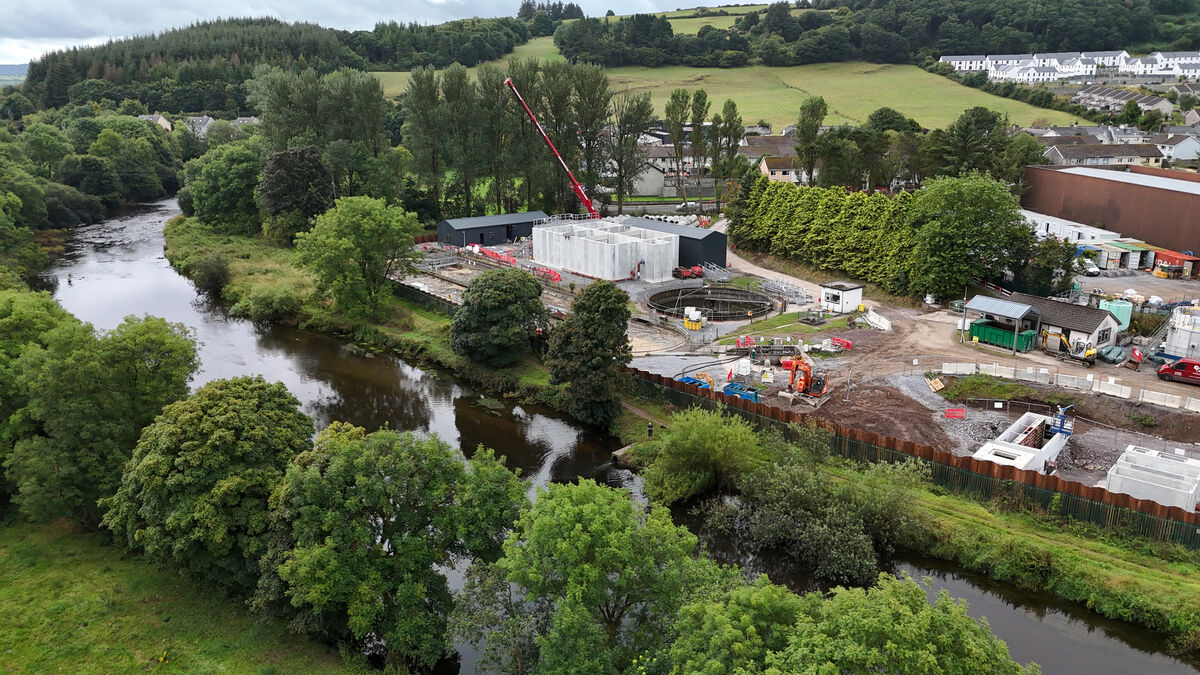
The most recent leaks have left Mr Cronin “depressed, annoyed and angry”. He says: “There’s a facility here for anglers and the people who live and walk here. Kid can’t go in there, the dogs can’t go down there.
"There’s about a mile of water down to the reservoir that’s being destroyed for the community. Half of it is gone for the summer. The IFI and the EPA have been here, and have numerous samples, which I hope will result in a prosecution, but of course we’ll all be paying that with our taxes.”

Read More
The River Lee rises in West Cork, adjacent to the Kerry border, flows east through the county for 65 miles and discharges into tidal water just upstream from Cork City. Most of the Lee’s tributaries join it from the north, the principal ones being the Shournagh and Martin, Dripsey, the Laney, Sullanne, and Toon.
From the south, the principal tributary is the River Bride which joins the Lee about 3kms upstream of Ballincollig.
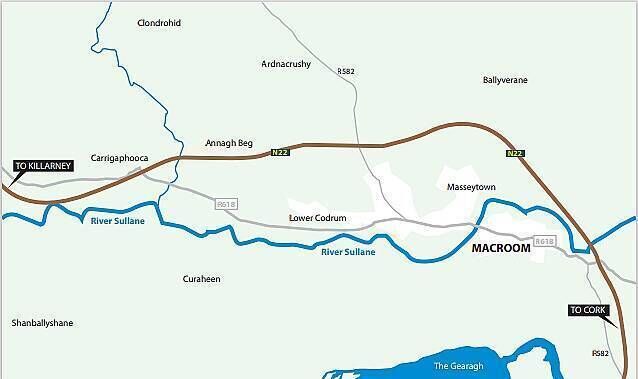
The River Sullane runs from the mountains between County Cork and County Kerry, near the village of Cúil Aodha. After passing Ballyvourney, it runs through the centre of Macroom, to which it provides drinking water (and occasionally floods).
The Sullane is joined by the River Bohill at Ballyvourney, the River Foherish at Clondrohid, about 5kms west of Macroom, and the River Launa locally known as "The Launey" a kilometre east of the town.
The Sullane joins the River Lee a further kilometre east. It is well stocked with trout, and also contains European perch (200g average), minnow and a small number of pike.
At the heart of frustrations are a lack of consistent communication from either Uisce Éireann or Glanua, they say. Around 40 residents and amenity users eventually held a protest outside the treatment plant.
They want assurances that there will be no further sewage leaks, and that the water now being discharged is safe.
“On Friday, June 21, there was heavy rainfall which led to an overflow from the existing plant of which the EPA and Inland Fisheries Ireland were notified through our compliance team,” an Uisce Éireann spokesperson told the press in response to complaints.
Locals in Macroom say the event wasn’t a one-off: Mr Murphy and Mr Cronin say they have seen raw sewage discharged from the pipe on multiple occasions, not only after heavy rainfall, and Mr Murphy has posted videos of the pollution to his Facebook page.
“Last time I was filming here there was condoms, baby wipes, pads all coming out of this pipe,” he says.
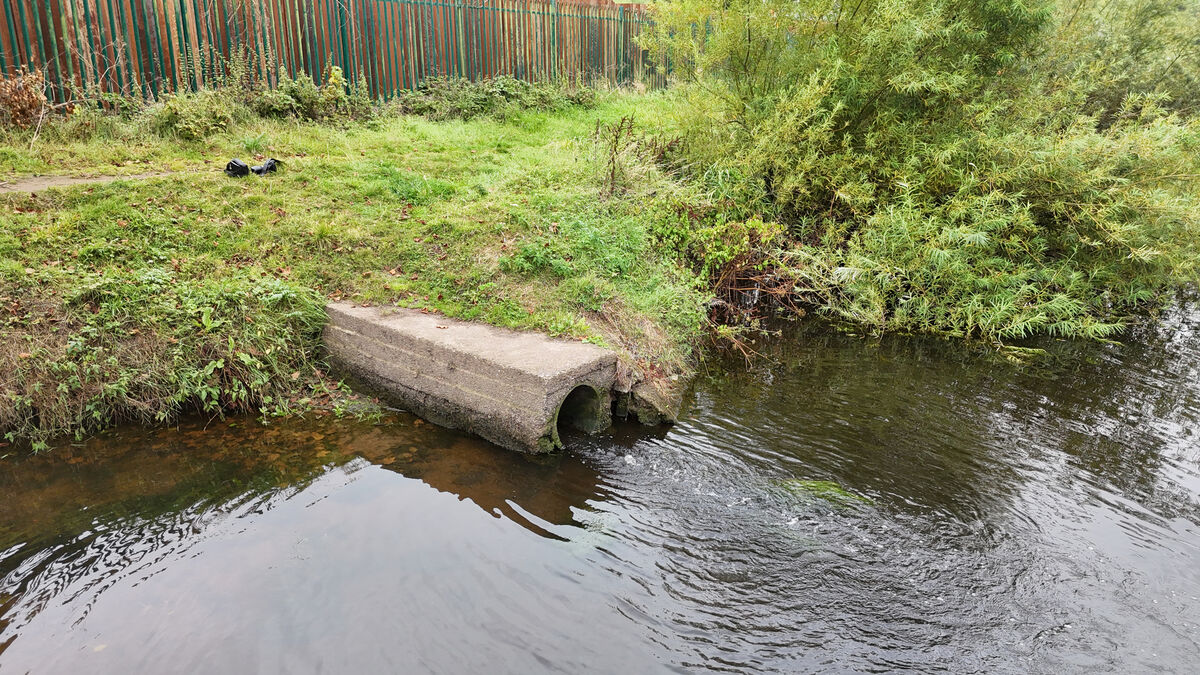
“This was coloured with the raw sewage all the way down to the bridge in the town. And this water goes to Carrigadrohid reservoir, the drinking water for Cork city.”
No such solids are visible in the water coming from the pipe on the day of the Irish Examiner’s visit, but scum, algae and a sludgy greyish sediment are present in the water and on the banks, and there is a distinct odour from the water.
Robert Robendson has lived in a nearby estate for the past 13 years. He used to take his four children down along the riverbank to learn how to fish and appreciate nature.
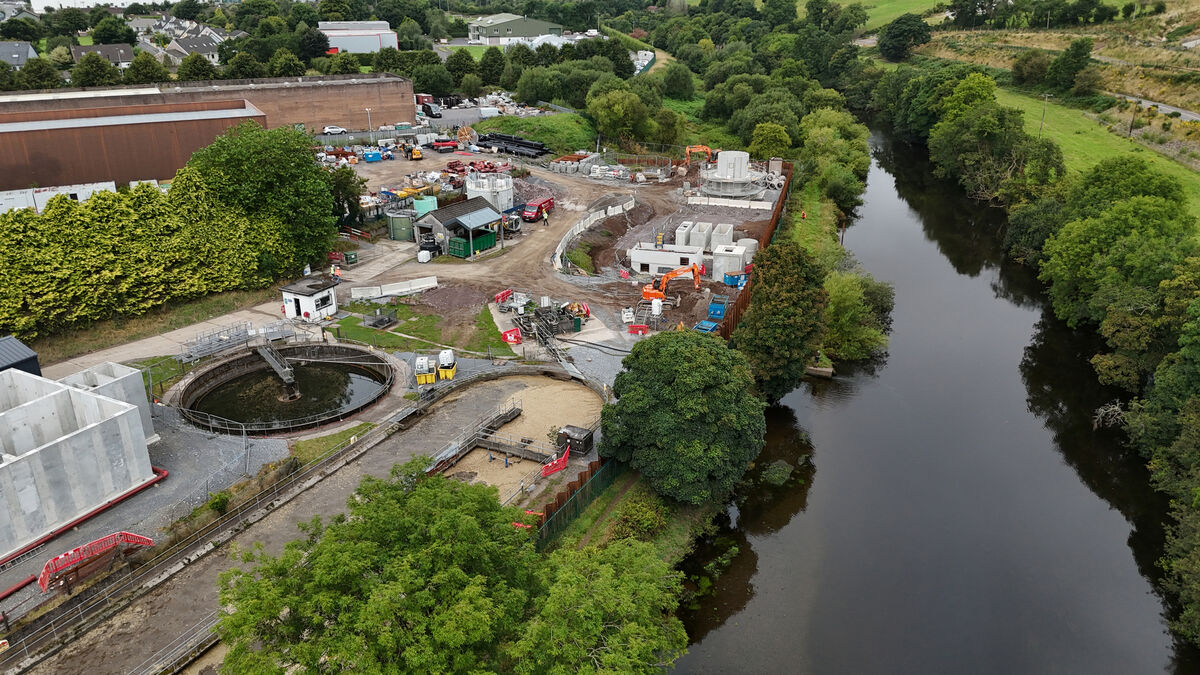
He says he has witnessed human excrement, condoms, pads and baby wipes in the water here on numerous occasions dating back years.
“There was a day last year we were out walking and we stopped here with the boys, and we had to leave because we couldn’t stand the smell,” Mr Robendson says.
He is also distrustful that the issue is solved, and says the water at the outflow pipe varies in colour. He says: “Last week it was white and grey. I feel rage when I see it: we’re being told at home to do your recycling, to never let any waste go anywhere, and this is what the State is doing?”
Uisce Éireann became Ireland's new standalone water utility on January 1, 2023, at the same time as it rebranded from Irish Water. It took over the management of all waste water treatment from local authorities around the country.
In the same year, half of all the Environmental Protection Agency’s (EPA) successful prosecutions were of Uisce Éireann.
But fines awarded against the water semi-state body were miniscule compared to other prosecutions; 10 other EPA convictions resulted in fines of €176,000, while Uisce Éireann’s 10 prosecutions amounted to €11,000 in fines.
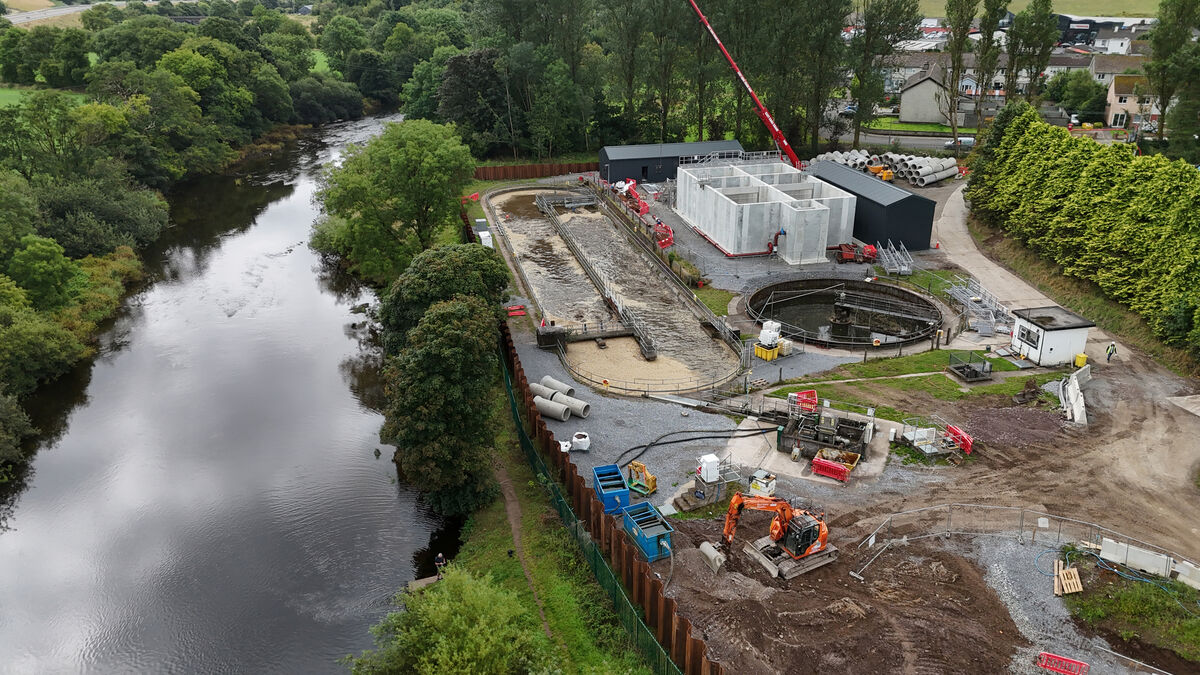
Ian O’Mahony is Regional Operations Manager for Waste Water in the Southwest for Uisce Éireann.
He says the water authority inherited a waste water treatment system beset by generations of chronic under-investment, and that this will take time to fix.
“Over the years there was a historic under-investment in waste water services,” Mr O’Mahony says.
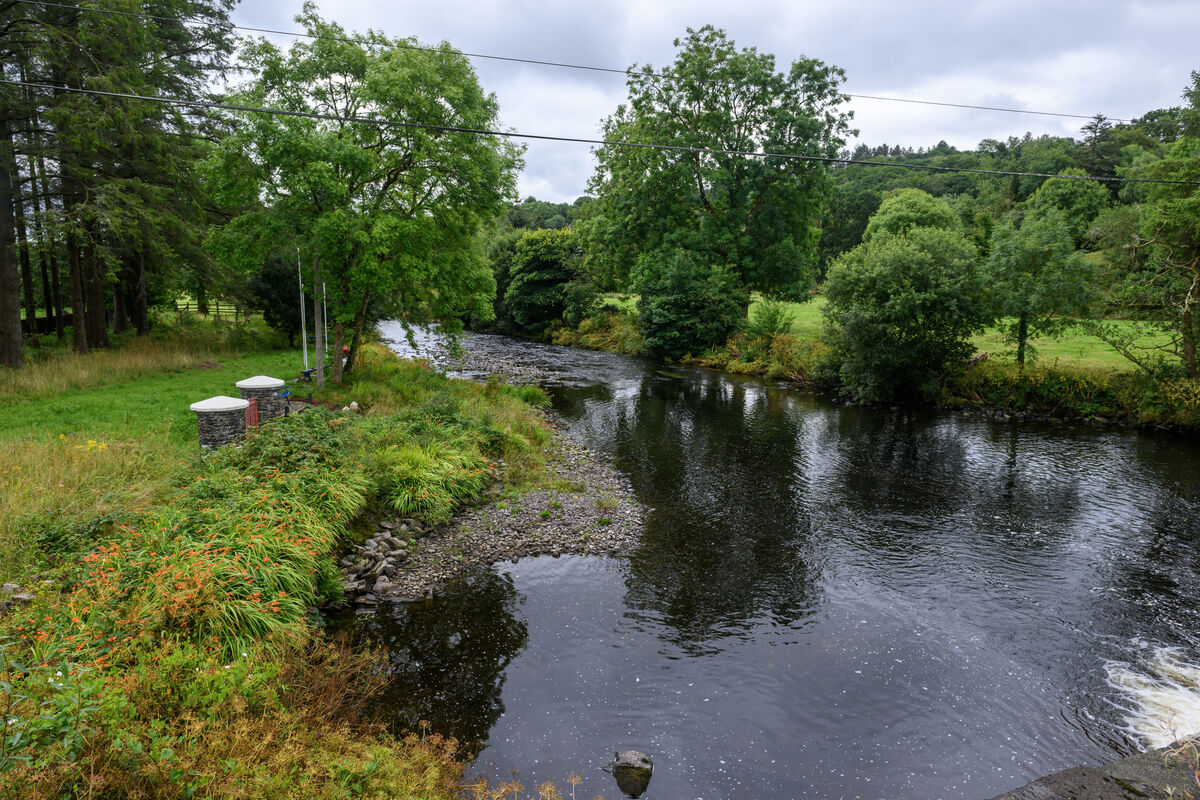
“We have a huge amount of work to do, when you consider that every day we collect and treat a billion litres of waste water across the country in over 1,000 plants. It’s a slow process and we have a massive, massive ongoing investment underway.”
He says €400 million was spent upgrading water services including WWTPs in Co Cork between 2020-2025 and that a similar sum will be spent in the next investment cycle from 2025-2029.
On the Sullane, he says the outflow pipe is set to stay as part of the upgraded WWTP when the €21 million upgrade project concludes in 2025, but that locals can expect the water quality at the pipe to improve.
“We are treating the waste water there to the best of our ability, and we are hoping to get the water from the outfall as compliant as possible and this will be completed by 2025,” Mr O’Mahony says.
“We had an unfortunate incident resulting from a combination of a process failure in the plant upgrade works and a deluge of storm water. This resulted in a discharge, but that has been cleaned up now and we are monitoring constantly.”
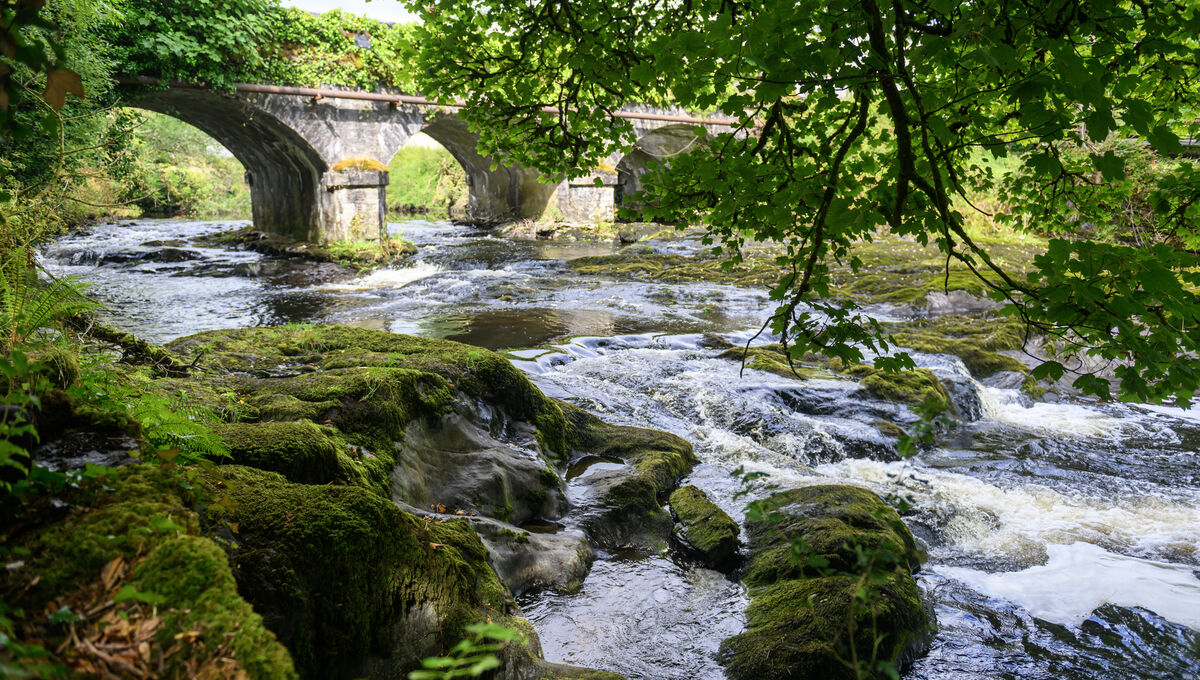
He accepts that the initial problem on June 21 took some time to rectify. “It wasn’t a single discharge issue, so no, it wasn’t just one incident: once we had the deluge, it takes a little bit of time to get the process back up and running again.
“Macroom WWTP is a very old, outdated and overloaded waste water treatment plant that has struggled for a number of years. When you have a very old waste water treatment plant and you are trying to build a new treatment plant side by side on the same site, that’s very complex, but we’ll get there.”
The Sullane is a part of the River Lee catchment: it rises near Cúil Aodha in the Muskerry Gaeltacht and joins the Lee about 2kms downstream of Macroom at Coolcower, and from there into the Carrigadrohid reservoir which provides drinking water to a large proportion of Cork City via the Cork Harbour and City Water Supply System.
There are 46 river catchment areas in Ireland, made up of a complex network of 4,842 water bodies, 3,192 of which are rivers.
The Lee, Cork Harbour and Youghal Bay is just one of these catchments, but the pressure it faces, on the Sullane and elsewhere along its course, are found repeated in other catchments throughout the country.
The prognosis for Irish rivers is not good, but may be experiencing the beginnings of improvement.
Just under 50% of all river water bodies were in moderate, poor or bad ecological status according to the EPA’s water quality monitoring in Ireland from 2016-2021. But an indicators report for 2022-2023 says this has dropped to 45%.
The number of Irish rivers of the highest ecological status has been in steady overall decline ever since EPA monitoring began in the 1980s.
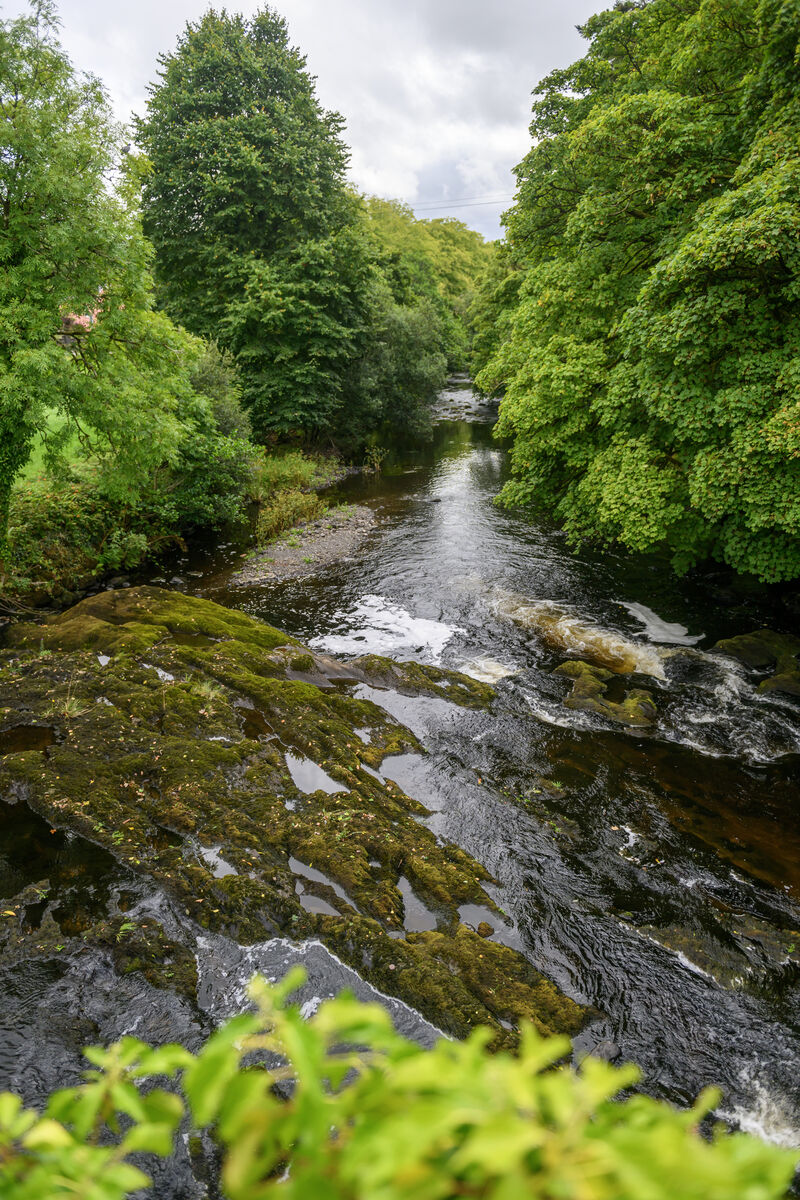
Since the EPA’s last report, there has been a net decline in quality in 45 river water bodies over the two years. Net declines were noted in catchments including the Suir, Barrow, Shannon and Lee.
Human activities of various kinds are undeniably what threaten and pollute our rivers.
The catchments.ie website provides a health check for each individual catchment area and an overall pattern is very clear: the rivers most under threat are those with the largest human populations in their catchment.
But urban waste water like Uisce Éireann’s problem on the Sullane is actually not the largest human pressure on Ireland’s beleaguered waterways. In fact, according to a draft River Basin Management Plan for 2022-2027, waste water treatment plants have now dropped to the fourth largest threat to rivers. When Irish Water was founded, WWTPs were the second biggest threat.
Agriculture is the single largest factor contributing to the steady decline of the health of Ireland’s rivers, and hydromorphology — manmade changes to watercourses, including diverting or culverting — is the second largest pressure.
With the Lee Valley’s rich farmlands and the development-heavy built environment of the second city, agriculture is impacting 40% of the 45 at-risk waterbodies in the Lee catchment, followed by 29% impacted by hydromorphological pressures.
One contentious area when it comes to hydromorphology on the Lee is flood defence works.
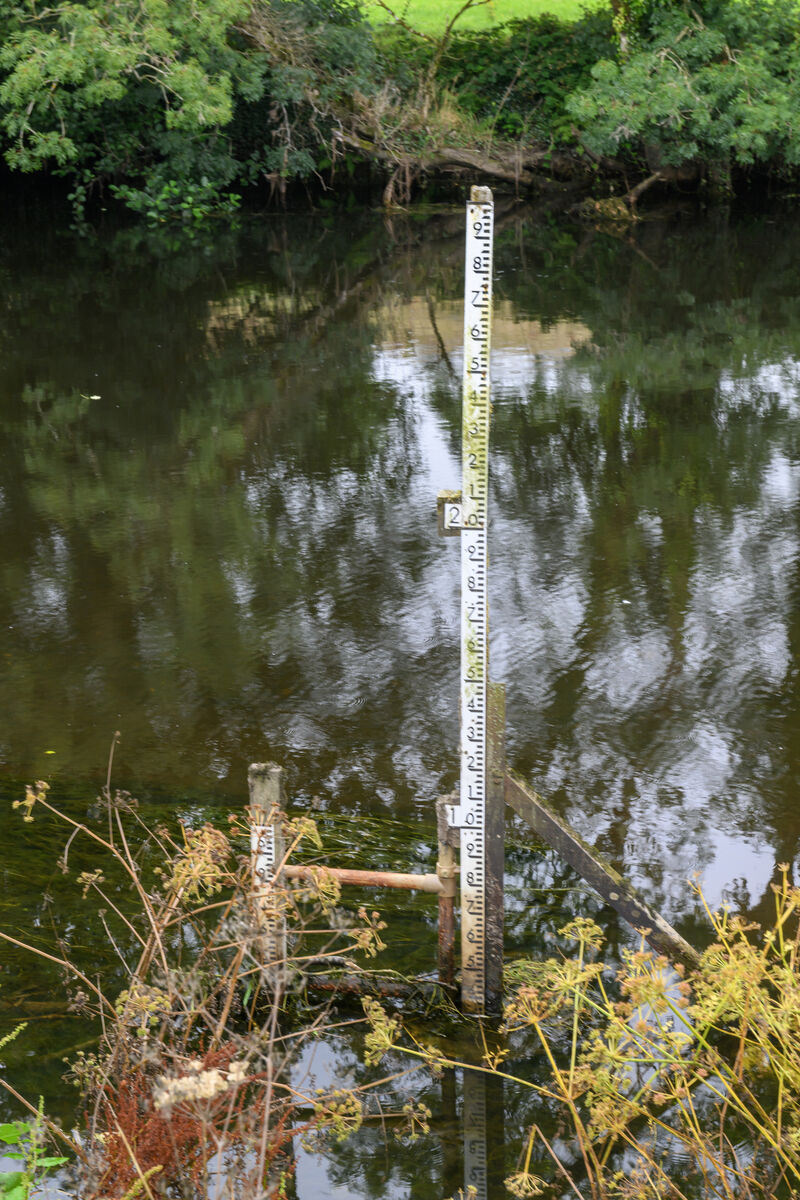
The Office of Public Works’ (OPW) Lower Lee Flood Defence Scheme is due to go to a public consultation phase in late 2024, but a vocal campaign group, Save Cork City, dispute the OPW’s Cork City Council-backed plans.
They say 15kms of new flood defence walls within the city bounds would be devastating for the heritage and ecology of the city.
Instead, Save Cork City say the solution is a tidal barrier in Cork Harbour in combination with the restoration of the city’s historic quay walls.
Chris Moody has campaigned against the culverting of the River Bride in Cork City for many years. A tributary of the Lee with a largely urban course through Blackpool village, the Bride has experienced bad flooding on several occasions in the past decades.
The OPW’s Blackpool Flood Relief Scheme was set to culvert 350m of the River Bride through Blackpool village and install concrete flood defence walls for other stretches, but Mr Moody and the community group Save Our Bride Otters (SOBO) argue that upstream storage of flood waters will be less ecologically devastating and more likely to provide long-term flood protection.
In January 2022, they won a judicial review that saw the flood scheme set for a further round of community consultation. By November 2023, the OPW were being asked for further information on the environmental impacts of the scheme, with no further public consultation forthcoming to date.
“I’d like to see this not only on the Bride, but all over when it comes to flood relief: slow the flow, store the water and not try to contain it through our villages and towns all over Ireland,” Mr Moody says.
“Upstream storage was the plan for the Bride initially, and it was a good idea. The concrete thing: where do you stop? Do you just keep on building the walls higher?”
It doesn’t surprise Mr Moody to see hydromorphology listed as such a large pressure on rivers; a keen documenter of wildlife including otters on the Bride, in 2018 he walked through the entire 2.2km of the river which is already culverted.
“Once it’s culverted, that section of the river is dead,” he says. “Once you remove the gravel from the river bed, and the light, the food chain is gone. I walked down the culvert, and there is nothing there. Nothing grows, it’s just dead, and black.”
As well as upstream storage for flood defence, Mr Moody would like to see the Bride rehabilitated and turned into an amenity and a city source of biodiversity for generations to come.
“Even though this river has problems with dumping, I still see children trying to fish in it,” he says.
“More than half the battle is getting people to appreciate it, because when there’s no-one to fight for it, and it gets covered up, how is anybody going to notice what’s happening to it or if there are pollution problems? You can’t monitor it if it’s covered.”
“I absolutely believe that access to rivers is good for us, whether we appreciate it or not,” he says. “We might only appreciate them on a subconscious level, but we’ll miss them when they’re gone.”
CLIMATE & SUSTAINABILITY HUB














